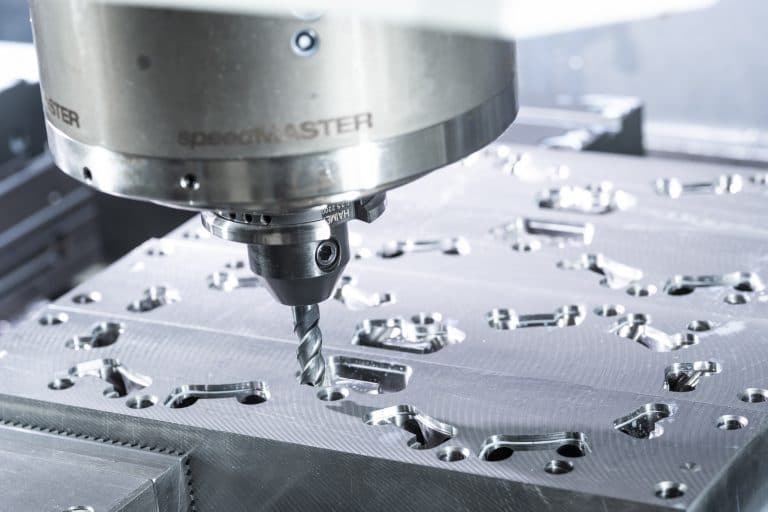Thanks to modern technology, metal fabrication today is more refined than it was, enabling intricate designs and minimizing mistakes. Metal fabrication is a complex process that involves cutting, shaping, and assembling metal components to create finished products. Whether you’re working on large industrial projects or small custom pieces, avoiding common mistakes in metal fabrication is crucial to ensuring quality, efficiency, and safety. Here are some of the most common pitfalls and tips on how to avoid them.
Poor Material Selection
Due to the different characteristics of different metal types, manufacturers should choose metals based on your project requirements. For example, if you choose the cheapest metal, your customers may encounter product issues.
In addition to the effectiveness of the final product, the selection of materials can also have a significant impact on the manufacturing process. For example, if you choose the strongest materials for complex designs, you may cause the machine to overwork and lead to frequent malfunctions.
Extensive research and material testing are crucial before starting manufacturing work. To choose the best materials, it is necessary to understand the characteristics and characteristics of various metals, such as strength, corrosion resistance, heat resistance, and cost. By testing material compatibility, it can be ensured that the selected material is suitable for the intended use. Through appropriate material research and testing, the danger of using defective materials can be reduced, which may lead to substandard quality, damage to structural integrity, or early component failure.
Inaccurate Measurements
One of the most frequent errors in metal fabrication is inaccurate measurements. This can lead to parts that don’t fit together properly, wasted materials, and increased costs.
Metal fabricators should follow their clients’ specifications and measurements meticulously to avoid manufacturing defects.
The basic elements of metal manufacturing include precise measurement and marking. Ensuring precise alignment and installation of components requires the use of reliable measuring equipment such as calipers, rulers, and squares. Before starting manufacturing, errors can be avoided by carefully checking all measurement values. In addition, precise marking of cutting, bending, and welding positions can provide clear instructions during the production process, reducing misunderstandings and potential errors.
Improper bending and forming
Metal must be precisely bent and formed to maintain structural integrity while achieving the desired shape. Manufacturers need to be aware of the limitations of various materials when bending items and ensure that the correct methods are used.
This requires the use of appropriate bending equipment and tools, close attention to details such as bending radius and material thickness, and adherence to recognized lending standards. Careful planning and precise measurement are crucial for preventing deformation and deformation during bending and forming operations.

Improper Welding Techniques
Welding is a critical part of metal fabrication, and using improper techniques can lead to weak joints, warping, and other structural issues.
Manufacturers must be familiar with various welding procedures, such as MIG welding, TIG welding, or arc welding, to prevent errors from occurring. Thorough preparation is crucial, including cleaning and preparing the surface to be welded. In order to produce high-quality welds, welders should also adhere to recommended welding parameters, including current, voltage, and travel speed. Non destructive testing techniques such as ultrasonic testing or X-ray scanning should be used to regularly inspect welds to detect any possible defects.
Inadequate Design
Rushing into fabrication without thorough planning and design can lead to costly errors and project delays.
In order for metal manufacturing projects to succeed, careful planning and design are necessary. It requires drafting comprehensive blueprints and specifications, considering practicality and material compatibility, and working closely with designers and engineers. Thorough planning and design have reduced errors, ensured precise project execution, and laid a solid foundation for the production process.
Ignoring Thermal Expansion and Contraction
Failing to account for thermal expansion and contraction can lead to warping, cracking, and misalignment of metal parts, especially during welding.
Understand the thermal properties of the metals you’re working with. Design joints and connections that can accommodate thermal expansion and contraction. Use proper welding techniques to minimize heat input and distortion.
Inconsistent Quality Control
Skipping or rushing quality control checks can result in defects going unnoticed until it’s too late, leading to rework and additional costs.
Routine inspections and testing can help detect any deviations from the required parameters. It is crucial to document the process and maintain records in order to monitor the development of the project and ensure consistency. Manufacturers can prevent further challenges by using a thorough quality control system and ensure that the finished product meets the requirements, enabling them to detect and resolve issues as soon as possible.
Conclusion
By avoiding these common mistakes in metal fabrication, you can enhance the quality, efficiency, and safety of your projects. Proper planning, training, and attention to detail are key to achieving successful outcomes in metal fabrication. Investing in quality tools, materials, and processes will pay off in the long run, ensuring that your fabricated products meet or exceed expectations.




Great tips! This article really helps by pointing out common mistakes in metal work. Choosing the right materials, getting accurate measurements, and planning well are all so important. It’s also good to know about dealing with heat changes and doing regular quality checks. These tips can make metal projects go a lot smoother. Thanks for sharing!